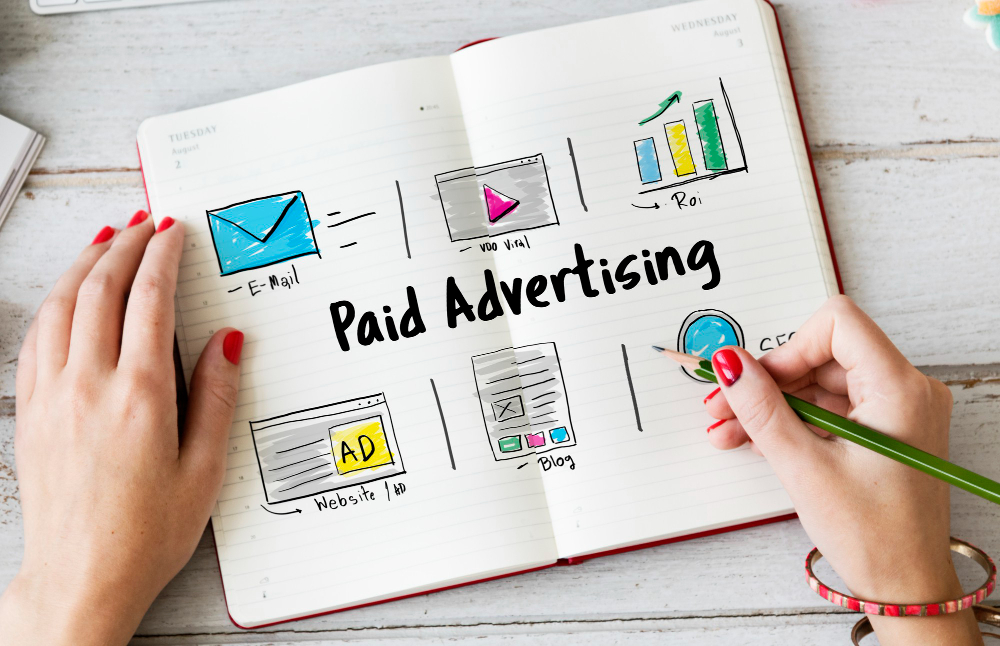Go beyond vanity metrics—track what actually moves revenue
If you’re managing PPC campaigns for B2B, chances are you’ve been told to watch metrics like click-through rate (CTR) and cost per click (CPC). But here’s the truth:
✅ CTR and CPC are surface-level.
🚫 They don’t guarantee quality leads, revenue, or pipeline growth.
In B2B, where sales cycles are long and buying decisions are complex, you need to measure what actually drives business impact.
Here are the 7 PPC metrics that matter most for sustainable B2B growth 👇
1. MQLs (Marketing Qualified Leads)
These are leads who meet predefined qualification criteria — not just anyone who filled out a form.
Why it matters:
You don’t want just traffic. You want leads with the right job title, company size, and intent. MQLs are a leading indicator of campaign quality, not just quantity.
🛠 Pro Tip: Define MQL criteria with sales — don’t rely only on forms.
2. ROAS (Return on Ad Spend)
The total revenue generated / total ad spend. It’s the gold standard of ad efficiency.
Why it matters:
High clicks and leads mean nothing if they don’t bring back revenue. ROAS shows if your campaign is scalable.
🎯 Benchmark: Aim for 3x to 6x ROAS for high-ticket B2B offers.
3. CPL (Cost per Lead)
This tells you how much you’re spending to acquire each lead.
Why it matters:
It’s a critical cost-efficiency indicator — especially helpful when comparing channels (e.g., LinkedIn vs. Google Ads).
📊 Formula: Total Spend ÷ Number of Leads
✅ Bonus Tip: Track cost per MQL, not just per raw lead.
4. Sales Pipeline Influence
How much of your sales pipeline was influenced or sourced by paid ads?
Why it matters:
This tells you if your ads are contributing to actual deal flow, not just clicks and downloads.
🔄 How to track:
Use UTM parameters and integrate with your CRM (like HubSpot, Salesforce).
5. SQLs (Sales Qualified Leads)
MQLs are good — SQLs are better. SQLs are leads your sales team agrees are ready for outreach or engagement.
Why it matters:
SQLs reflect how well your ad campaigns align with actual buyer intent. If your MQL-to-SQL conversion rate is low, your targeting or messaging may be off.
6. Lead-to-Close Rate
How many of your PPC leads actually close into paying customers?
Why it matters:
This is the true health check of your paid campaigns. Low conversion rates may signal poor targeting, weak sales handoff, or bad-fit traffic.
🔍 Formula: Number of Closed Leads ÷ Total Leads from Paid Ads
7. Time to Conversion
How long does it take a paid lead to become a deal?
Why it matters:
B2B sales cycles are long. This metric helps forecast pipeline velocity and better align expectations between marketing and sales.
🕒 Shortening this time can dramatically increase sales productivity.
Stop Obsessing Over Vanity Metrics
| ❌ Don’t Just Track | ✅ Track This Instead |
|---|---|
| Clicks & CTR | MQLs, SQLs |
| CPC | CPL & ROAS |
| Impressions | Pipeline Influence |
CTR tells you if your ad is interesting. ROAS tells you if it’s worth the money.
Wrap-Up: Focus on What Drives Growth
If you’re managing or analyzing PPC campaigns for a B2B product or service, always ask:
“Is this metric helping me understand how ads are influencing pipeline and revenue?”
When you shift focus from surface metrics to business impact, you not only improve your campaigns — you prove the value of your marketing to the leadership team.


